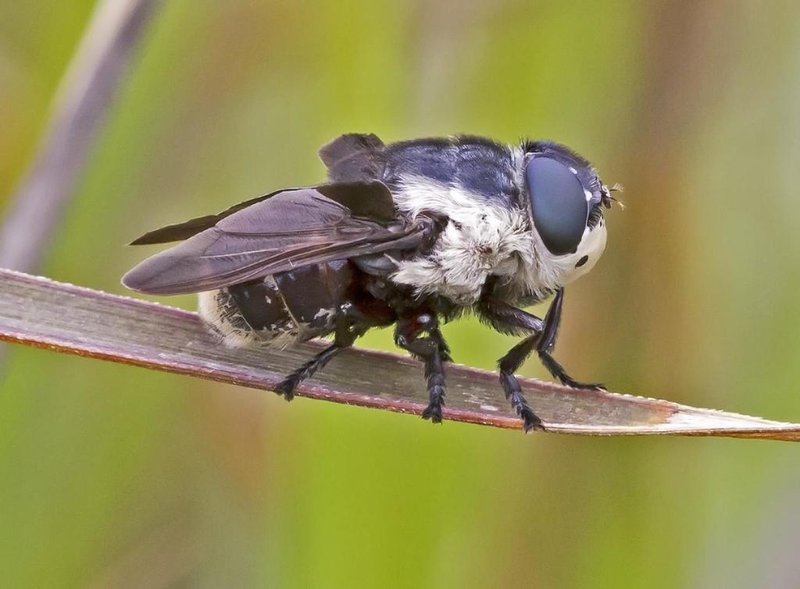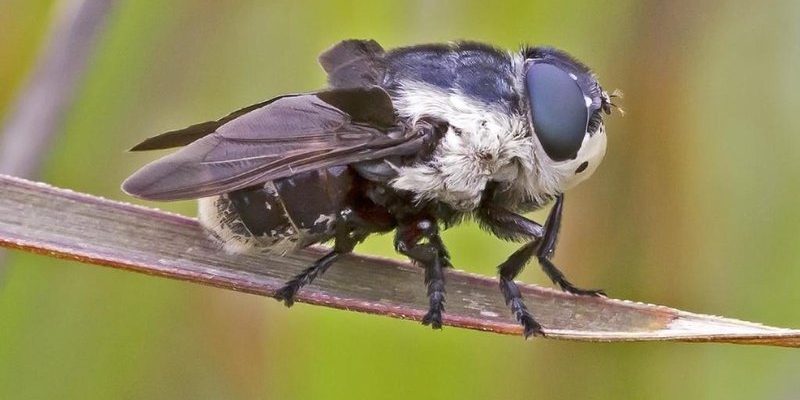
So, what exactly are botflies? These are parasitic flies whose larvae can invade the skin of mammals, including humans. They lay their eggs on the skin of a host animal, and when the larvae hatch, they burrow into the skin. This can lead to some uncomfortable situations, to say the least! Let’s dive deeper into the environmental elements that play a crucial role in botfly activity, including climate, habitat, and the presence of potential hosts.
1. Climate: The Heartbeat of Botfly Activity
Climate is arguably the most significant factor influencing botfly activity. These flies are particularly fond of warm, humid environments, which create ideal conditions for egg development and larval survival. In regions where temperatures remain consistently mild, botfly populations tend to thrive.
For instance, in tropical areas of Central and South America, the warm temperatures allow botflies to complete their lifecycle more quickly, resulting in multiple generations in a single year. When the weather turns cold, botfly activity significantly decreases. Here’s the thing: if you’re living or traveling in a tropical area, you’re much more likely to encounter these pests during the wetter seasons when humidity levels peak.
2. Habitat: Where Botflies Call Home
Botflies aren’t picky about their surroundings, but they do tend to favor specific habitats. They are commonly found in areas with abundant vegetation, which provides not only shelter for adults but also potential hosts for their larvae. Think of lush forests, grassy fields, or even farms where cattle and other mammals roam.
These environments offer a perfect mix of warmth, moisture, and access to hosts like cows, horses, and other wildlife. If you live near such areas, it’s good to be aware of botfly activity in your vicinity, especially during peak seasons. Botflies are more than just a nuisance; they can cause real harm to livestock, leading farmers to take measures to protect their animals.
3. Host Availability: The Lifeblood of Botfly Survival
You might be wondering, “What do botflies need besides a good environment?” The answer lies in their potential hosts. Botflies rely heavily on the presence of mammals, as their lifecycle is intertwined with these animals. The more hosts available in an area, the more likely botflies will thrive.
In environments with large populations of animals, such as cattle ranches, botflies can flourish. They’re opportunistic, targeting whatever mammals are around, which is why you’ll often hear about them in rural areas. In contrast, in urban environments where wildlife is sparse, botfly activity tends to be minimal. If you’re in an area heavily populated by livestock, it’s wise to take precautions to minimize your exposure.
4. Seasonal Changes: Ups and Downs of Botfly Activity
Seasons play a critical role in botfly activity, shaping their life cycle and availability. As spring rolls in and temperatures rise, botflies emerge, ready to lay their eggs during the warm months. This period sees a spike in botfly encounters with both animals and humans.
During summer, the warm weather keeps them active, but as autumn approaches and temperatures dip, their activity begins to slow. In winter, botflies largely go dormant, waiting for the warm weather to return. This cycle is important for those who might work closely with livestock or spend time outdoors in infested regions—it’s all about timing your activities!
5. Environmental Pollution and Its Impact on Botfly Activity
Believe it or not, pollution can also affect botfly populations. Contaminated environments can inhibit the presence of certain host animals, which, in turn, can lead to a decline in botfly numbers. Heavy pollution can create stress on wildlife, making them less likely to thrive.
This isn’t just a matter of habitats disappearing; it’s about creating a domino effect. When host populations decline, botflies face challenges in finding suitable places to lay their eggs and develop their larvae. If you’re in a region impacted by pollution, it may be worth considering how it affects local wildlife and, indirectly, the creatures that rely on them, such as botflies.
6. Human Influence: How We Shape Botfly Populations
Humans have a major impact on botfly populations, whether we realize it or not. Farming practices, urban development, and even climate change all play roles in shaping the environments where botflies thrive. Intensive agricultural practices can either create ideal habitats or disrupt them entirely, impacting the populations of both hosts and parasites.
For example, when farmers use pesticides to control insect populations, they might inadvertently damage the ecosystems that support botflies and their hosts. On the flip side, creating more green spaces can enhance the chances of botfly populations growing. It’s fascinating how interconnected everything is—what we do can ripple through the local ecosystem, affecting everything from botflies to the animals they infest!
7. Prevention and Control: Keeping Botflies at Bay
While we can’t change the environment overnight, there are some steps you can take to minimize botfly encounters. If you live in or travel to areas where botflies are common, consider the following tips:
- Wear protective clothing: Long sleeves and pants can serve as barriers against botflies.
- Keep livestock treated: Regular veterinary check-ups and anti-parasitic treatments can help protect your pets and livestock.
- Avoid high-risk areas: Stay clear of dense vegetation where botflies are likely to thrive.
- Educate others: Share information about botflies and their habitats to raise awareness.
Taking proactive steps can make a big difference and help you enjoy the great outdoors without worrying about these pests.
8. The Future of Botflies: Understanding Their Role
Lastly, it’s essential to consider the role of botflies within the ecosystem. While they may seem like just pests, they play a part in nature’s balance. They help control host populations and can even serve as a food source for other creatures. Understanding this relationship helps us appreciate the complexity of ecosystems.
As environmental conditions continue to change, so will the activity and distribution of botflies. Monitoring these changes is critical for farmers, ecologists, and anyone interested in wildlife conservation. By learning more about the factors influencing botfly activity, we can develop strategies to manage their populations effectively while maintaining the balance in our ecosystems.
You now have a solid understanding of the environmental factors that influence botfly activity. From climate and habitat to human impact and seasonal cycles, these elements all intertwine in this fascinating story of life. Keep these insights in mind, and whether you’re hiking in the woods or tending to livestock, you can navigate your encounters with botflies a little more confidently!

